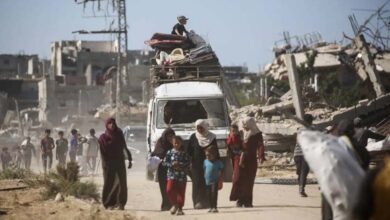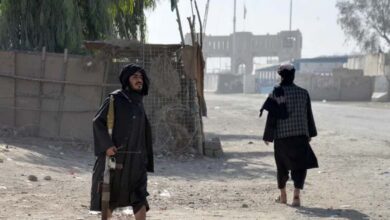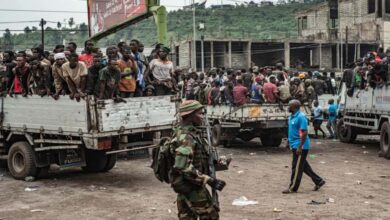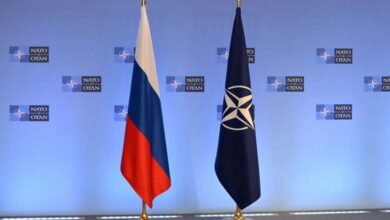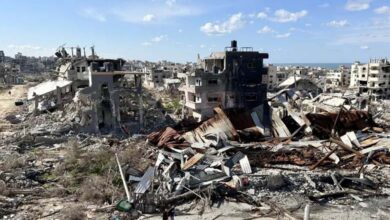Between War and Reconstruction: How Can Gaza’s Economy Rise from the Rubble?
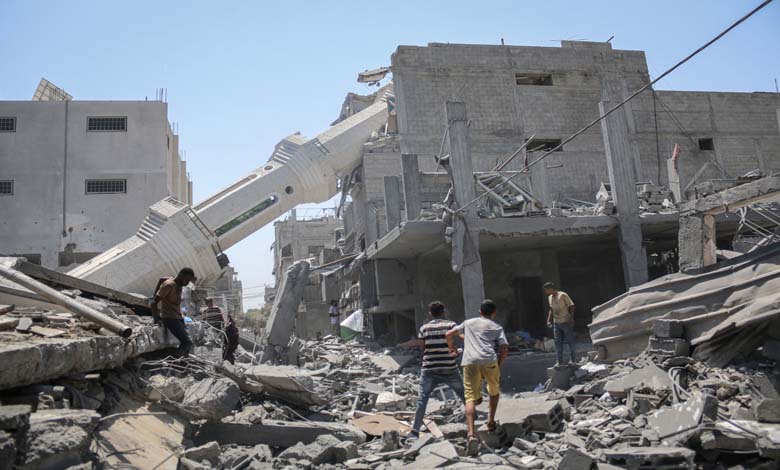
In a land exhausted by years of conflict, where entire neighborhoods have turned into concrete and ash ruins, more than two million people stand on the brink of despair, waiting for a glimmer of hope from the outside world.
-
The Second Anniversary of the War: Terrifying Losses Beyond Numbers in Gaza
-
Two years into the Gaza war, Israel has gone from international sympathy to global isolation
Today, Gaza is not merely a destroyed city, but a complex equation of pain and resilience. Amid an estimated fifty million tons of debris and reconstruction dreams that far exceed local means, every street tells a story of loss, and every house holds the ruins of a dream. The figures speak for themselves: over 250,000 housing units completely leveled and 190,000 partially damaged.
While urgent calls for international intervention are growing, there is mounting concern that reconstruction might become a hollow humanitarian slogan. Will the international community transform its pledges into tangible actions, or will Gaza once again remain trapped between devastation and waiting?
-
Two Years of War in Gaza: How Destruction Spread Like Wildfire
-
900,000 Displaced: Israel’s Account of Civilians Fleeing Gaza City Southward
Mass Displacement and Endless Rubble
Palestinian economist Nasser Atiyani estimates that around 2.2 million people — roughly the entire population of Gaza — have been displaced.
This displacement, he explains, is not merely a forced demographic shift, but a total collapse of the social and economic fabric in a region already strangled by a blockade lasting more than seventeen years.
Statistics reveal the magnitude of material destruction from the latest Israeli assault: over 250,000 homes completely destroyed, 190,000 partially damaged, and about 50 million tons of debris to remove — a massive logistical challenge that could take years.
Atiyani told Arab Mubasher that the full cost of reconstruction could reach 80 billion dollars, while debris removal alone would cost about 1.2 billion. Such an extensive process, he said, requires multilateral cooperation, active involvement from major development institutions, and sustained financial support.
-
Dangerous Combat Zone: Israel Warns Gaza Residents Against Returning
-
Heavy Bombardment: Israeli Fire Defies Trump in Gaza
An Economy Beneath the Ruins
At the core of Gaza’s economic tragedy, the agricultural and industrial sectors stand as both symbols of destruction and potential rebirth. According to Atiyani, reviving agriculture alone would require about 5 billion dollars, after vast tracts of farmland and storage or irrigation facilities were destroyed.
The industrial sector suffered even greater losses, with more than 95% of its facilities destroyed, leaving tens of thousands of workers without income.
-
Gaza Residents Back Trump’s Plan and Shout at Hamas: Enough
-
Gaza on the fire of waiting… Is a “crescent” of truce appearing on the horizon?
Atiyani stressed that reconstruction must go beyond rebuilding walls; it must include rebuilding the local economy by supporting small and medium enterprises, encouraging productive investments, and creating real job opportunities to reduce poverty and unemployment. Gaza needs not only cement and steel, but an economic system capable of restoring life.
In this regard, international donor conferences should not merely collect pledges but establish concrete, transparent mechanisms to ensure that resources reach those truly affected, while prioritizing vital infrastructure — hospitals, electricity, water, and sanitation networks — as the backbone of any humanitarian or economic recovery.
-
Trump’s Deadline for Hamas Nears Its End… Gaza’s Displaced Caught Between Hardship and the Inability to Escape
-
Gaza Developments: Israel Shuts Down the Last Passage from South to North
The European Union’s Position and Regional Mediation
Dr. Camila Zarita, an adviser to the European Union, stated that the ceasefire in Gaza represents a rare window of hope after months of devastation. She said that the EU has already allocated emergency funds to support humanitarian aid, including reopening schools and clinics closed due to the fighting.
Zarita emphasized that the political dimension is as crucial as the humanitarian one, as lasting stability cannot be achieved without reviving the two-state solution process. She praised Egypt and Qatar’s mediation efforts and their role in facilitatingaid, noting that the EU will finance logistical operations to ensure the continuous flow of assistance into the Strip.
-
Smotrich Preempts Trump-Netanyahu Meeting with Six Red Lines on Gaza Plan
-
Families of Israeli Hostages in Gaza Appeal to Trump Ahead of Decisive Meeting
The Expected Role of Major Powers
From an economic and strategic standpoint, Atiyani underlined that major powers — particularly the United States, the European Union, and the Gulf states — must play a central role in Gaza’s reconstruction by providing sustained funding that guarantees not only rebuilding but also long-term regional stability.
Gaza, he said, is not just a local issue but a moral and humanitarian test for the international order, which must balance security, sovereignty, and human rights.
-
Displaced in a cemetery: Gaza’s living seek refuge among the dead
-
Refusal to Apologize for the Cost of War: Senior Hamas Official Distances Himself from Gaza Civilians’ Suffering
Former U.S. President Donald Trump echoed this view in an interview with Fox News, saying, “I believe Gaza will become a safer place, and other countries in the region will help rebuild it because they have the resources and the willingness to do so.”
He added that the United States would assist these countries in ensuring successful reconstruction and lasting peace in Gaza. According to CNN, the United Nations pledged to support the full implementation of the ceasefire and the release of detainees.
UN Secretary-General António Guterres stated that the UN will expand sustainable humanitarian operations and strengthen recovery and reconstruction efforts in the Gaza Strip.
-
With the death of an officer in Gaza, Israeli losses approach the one-thousand mark
-
Day of Triple Recognition: Palestine Born from Gaza’s Suffering
-
Behind Every Number, a Tragedy… 11 Displacements into the Unknown Amid Gaza’s Ruins



